Earlier this year, Hancock Lumber took a deeper dive into safety, committing to the Safety 24/7 ™ principles in Greg Anderson‘s book. Watch our video below and hear from Team members from across Hancock locations as they talk about what safety means to them—at work and beyond. Safety is our #1 priority and Safety 24/7™ epitomizes individual leadership and engagement!
THE FIVE STEPS TO A SAFETY 24/7 ™ CONVERSATION ARE:
1. Observe — be more aware of people’s behaviors.
2. Accentuate the positive — to lower people’s natural defensiveness and reinforce those safe behaviors we want them to keep doing.
3. Explore — allows a person to figure out what he did safely or at risk—and, take ownership.
4. Emphasize — help people understand the consequences of their actions and the impact an incident could have on themselves or others.
5. Agree — confirm people understand that they are accountable for their actions as well as the safety of others.

If I get to a jobsite and I feel like it’s an unsafe condition, I just call Scott and say ‘it’s unsafe, I’m coming back.’ It’s never a question. He always responds, ‘Okay! We’ll send you out on another delivery.’
—Sandy Eldon, North Conway
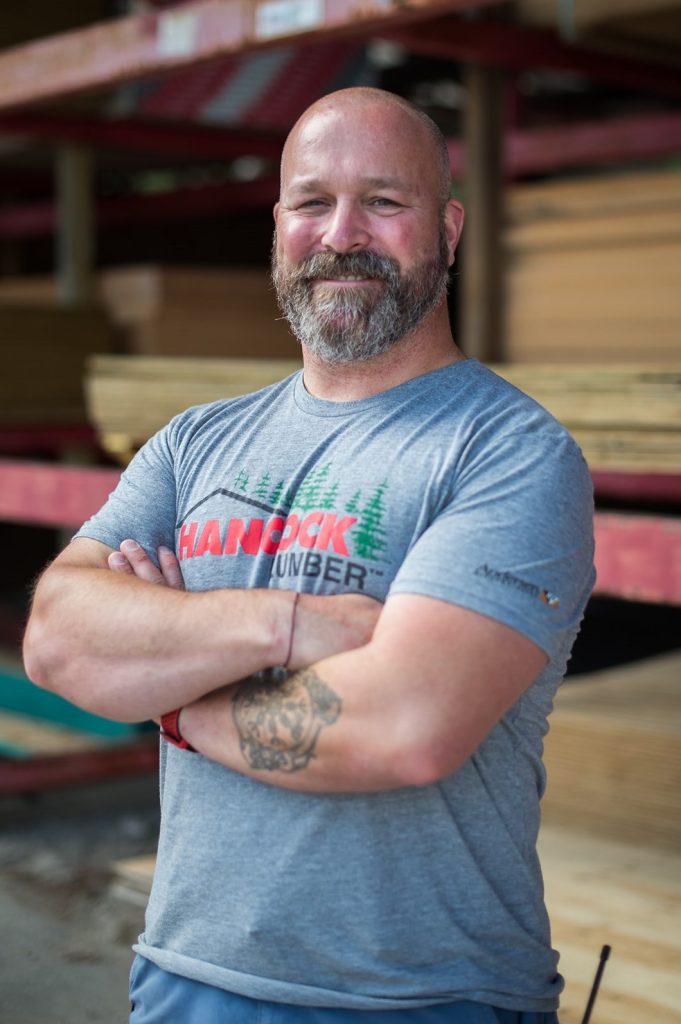
Take a moment to look at what you’re doing and evaluate the whole scenario and what’s around you—think about the risks involved. It’s those moments where we can make that difference between an incident happening and an incident not happening. Taking that extra time to think about it, you can start to identify things that you may not see when you’re trying to rush or trying to hurry when you feel like ‘the pressure is on.’
—Rob Mains, Brunswick

It’s important for me to be safe. I want to go home to my family. I want to go hiking, camping, and hunting—all the things we enjoy doing as a family. It’s important to be safe at work not only for yourself but for your fellow workmates.
—Andy Bariteau, Bridgton
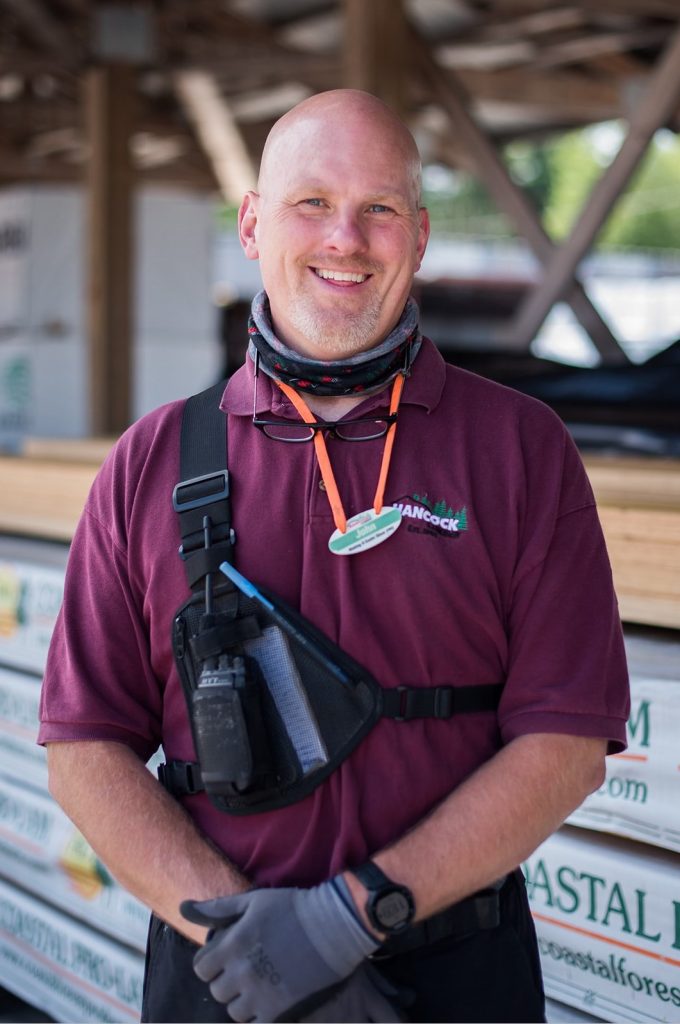
I think being safe at work is important so that I can get out and be with family and enjoy my hobbies outside of work. Keeping the others that I work with safe is also important so that they can do the same thing.
—John Huston, Brunswick
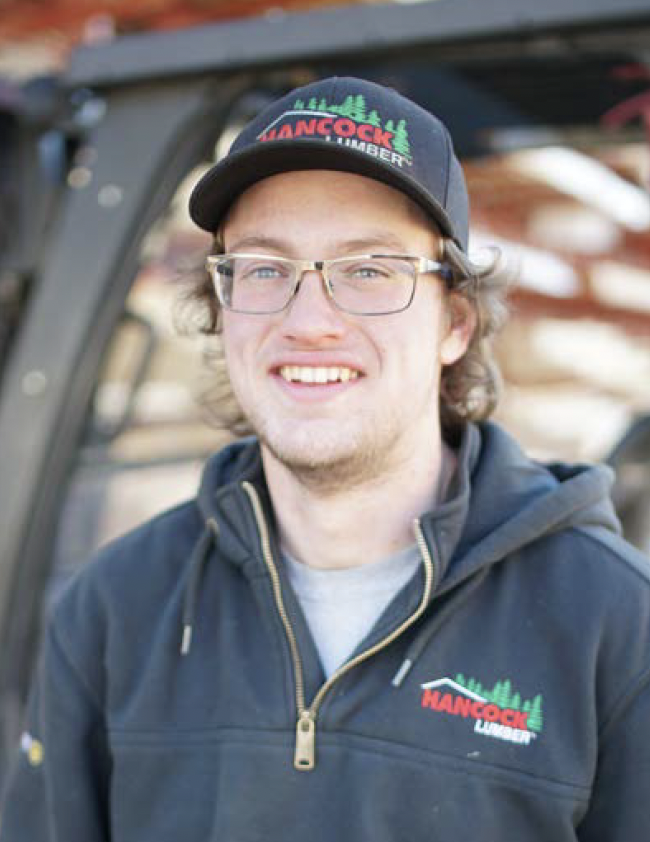
I think everybody is responsible for their own safety and everybody else’s safety. I don’t think there is anybody specifically who goes through and says, ‘you need to be safe.’ Everybody should hold themselves accountable, and we all do.
—Lucas Perham, Bridgton
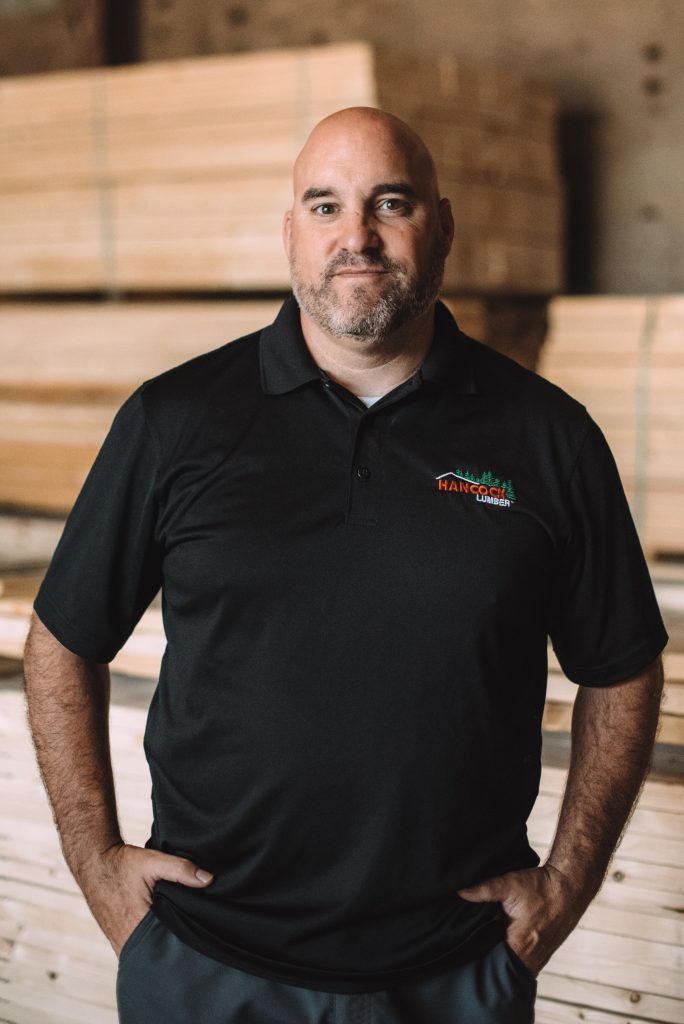
I would say the most important part of the safety culture is making it personal to our people so everyone understands the importance of going home every single day in the same manner that you came in, so you can do what you enjoy doing outside of work. Whether it’s skiing, hiking, playing in the back yard, throwing a football with the kids—whatever it may be. Whatever you enjoy, it’s about making that personal decision to say ‘Hey, you know what? I’m going to work safely because there’s something more important outside of work.’
—Jeff Wilson, Augusta
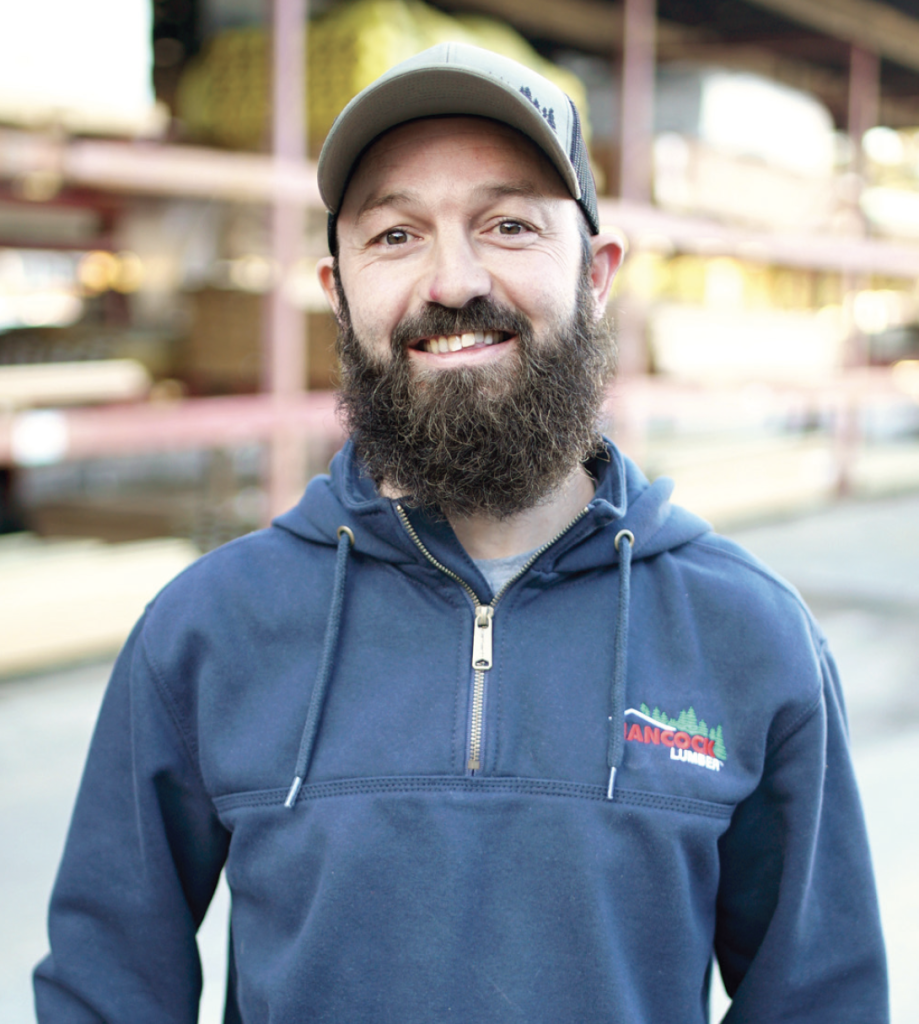
The concept of developing a culture of safety and developing successful safety routines and practices are helpful for anybody at any stage of their life. You’re always going to be able to pull something from it. Whether you’re ready to tip the scale into being ultra safe, or you’re implementing small steps to become safer one day at a time, you’re working toward the goal of being safe overall, and constantly moving toward that goal.
—Regan Fotter, Brunswick

Safety is a huge part of our culture. I just want to make sure that my employees are coming here to a safe environment, working safely, and going back home safely so they can enjoy their families.
—Laura Bower, Augusta
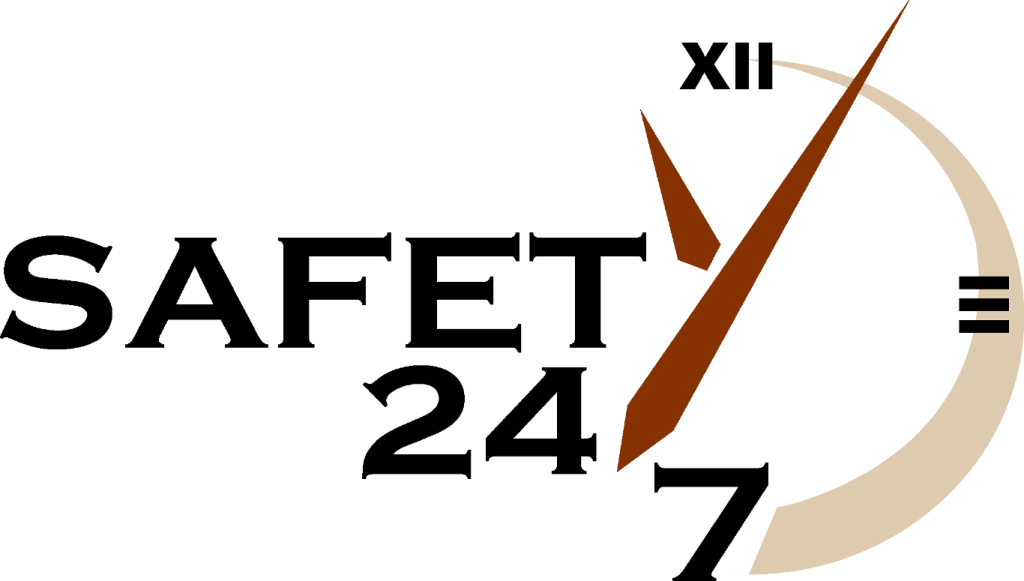
Excerpts from the Safety 24/7 ™ Book:
- Everything we do—from the moment we are born—carries an element of risk…and how we survive depends on how well we manage those risks.
- A person’s attitude toward safety is a choice.
- We create our safety culture by what we demonstrate personally and by what we reward and tolerate in others.
- A strong safety culture begins when we start making safety a habit.
- Creating a safe work environment is a personal issue, as well as a company one.
- Safety needs to move from the head to the heart.
- A hazard is anything that has the potential to contribute to an incident taking place.
- Managing our safety starts by consciously recognizing the hazards.
- The more hazards we can eliminate, the lower the risk.
- When it comes to safety, disagreement does not mean disrespect.
- Every person is responsible for his or her own safety, as well as the people around them.
- Feedback is the breakfast of champions.
- Listening is more than just waiting for your turn to talk.